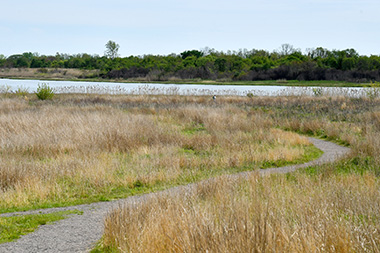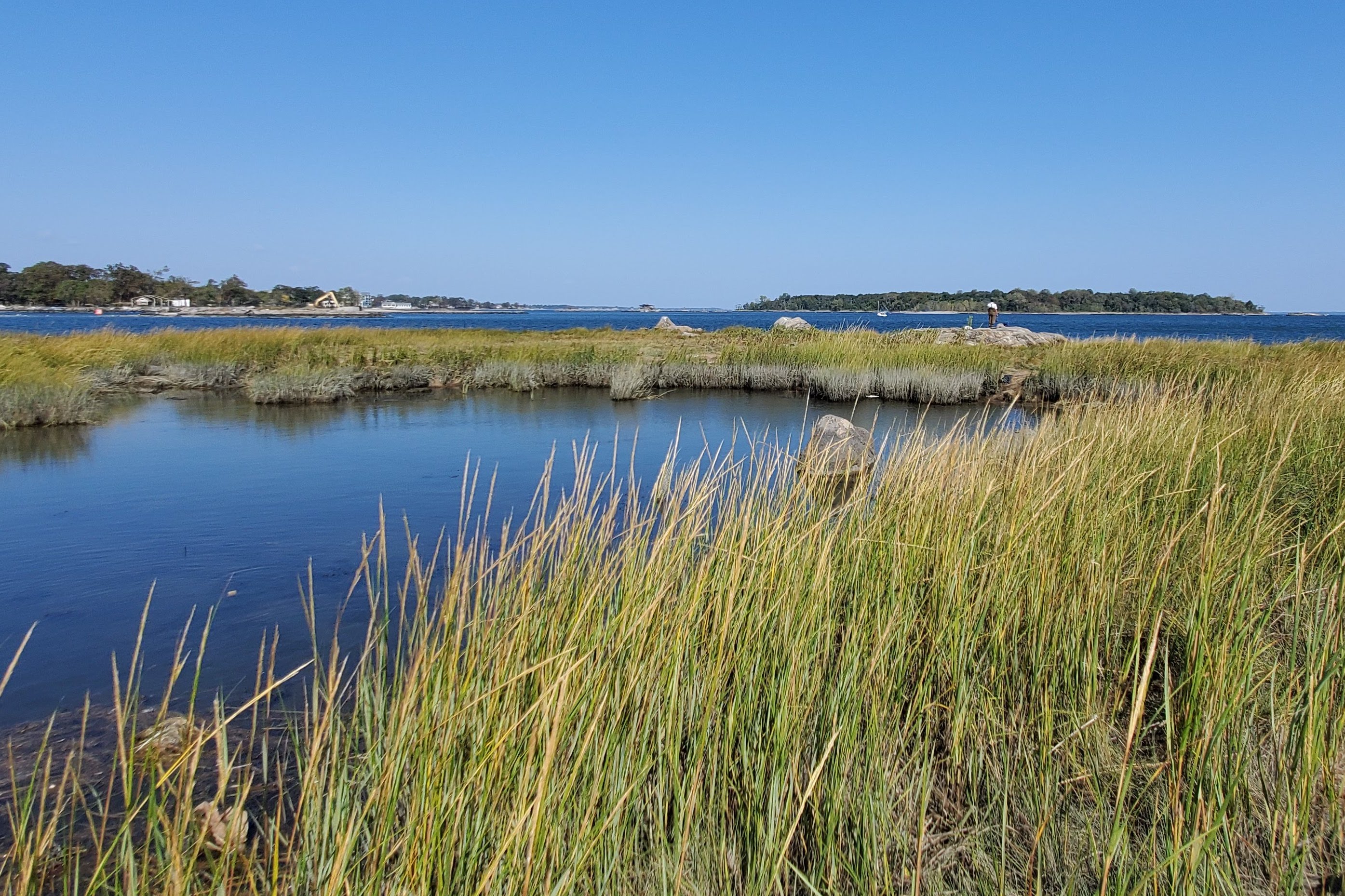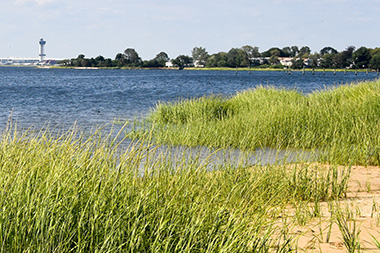Wetlands in New York City Parks

A wetland is a type of ecosystem where the ground is covered by water seasonally or even all year. Wetlands (sometimes referred to as marshes, swamps, or bogs) are often identified by looking for plants that are specially adapted to grow in the unique conditions of wetlands.
In New York City, we have both freshwater and tidal wetlands. In coastal areas, where the land meets the ocean, there are tidal wetlands, including saltmarshes, that are flooded by saltwater that comes in with the tides. Even parts of some of our beaches are technically tidal wetlands! Our freshwater wetlands are often inland and can be found in all five boroughs, but most of our freshwater wetlands and streams are found on Staten Island.
Benefits of Wetlands
Wetlands help make New York City a better place to live in a number of ways:
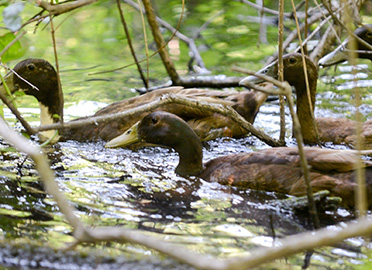
Provide Habitat for Wildlife
Wetlands are vitally important to New Yorkers, especially the winged, webbed, and wild varieties. Hundreds of species of birds, mammals, reptiles, amphibians, fish, and insects use wetlands to forage for food, to breed, and to take shelter. This includes vulnerable species, too. Almost 75% of threatened, endangered, or species of special concern in New York City use wetlands.
And don’t forget the tourists! For tens of thousands of birds that pass through the Atlantic Flyway during migration seasons each year, our wetlands and streams are critical refueling stops.
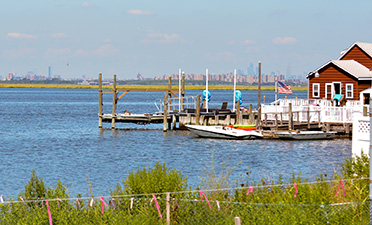
Protect Coastal Communities
Not only does wetland plant life absorb CO2 from the atmosphere, but wetlands themselves help to make our city more resilient to climate change. In coastal communities, salt marshes reduce the impacts of storm surges and coastal flooding by detaining floodwaters and buffering wave energy. During storm events, wetlands, streams, ponds, and surrounding vegetated areas play a critical role in slowing the flow of water. They also capture, detain, and filter stormwater throughout New York City. In other parts of the city, forested freshwater wetlands, streams, lakes, and ponds capture and store carbon and filter water.
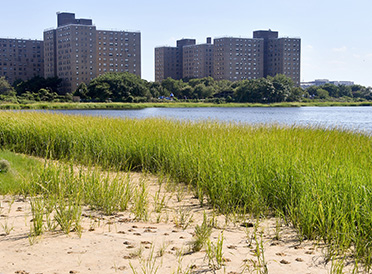
Reduce the Impact of the Urban Heat Island Effect
Wetlands play an important role in reducing the urban heat island effect; the unique properties of water allow it to absorb more heat and reflect more solar radiation than paved areas or buildings.
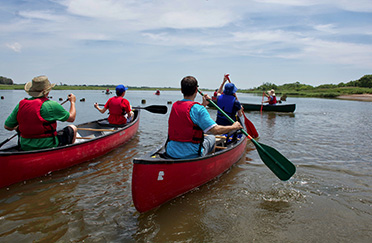
Provide Recreation
For many New Yorkers, wetlands and streams are essential to the fabric of their communities and families. In some neighborhoods, like City Island in the Bronx or Gerritsen Beach in Brooklyn, people have connections to local waterways that span generations. Wetlands provide residents and visitors with plenty of opportunities for recreation, education, and relaxation. You can fish, watch for birds, paddle in a canoe or kayak, or just enjoy some moments of peace and quiet by the water.
Challenges Faced by NYC’s Wetlands
New York is a city defined as much by its natural landscape as by its buildings. The glaciers that moved through this area thousands of years ago shaped the city’s hills and formed thousands of acres of wetlands, lakes, and ponds, and hundreds of miles of streams. But since Europeans arrived, NYC has lost 85% of its salt marsh area and stream miles and 99% of its freshwater wetland habitat.
The 5,700 acres of wetlands left in New York City today are threatened by sea-level rise, pollution, introduced species, and more.
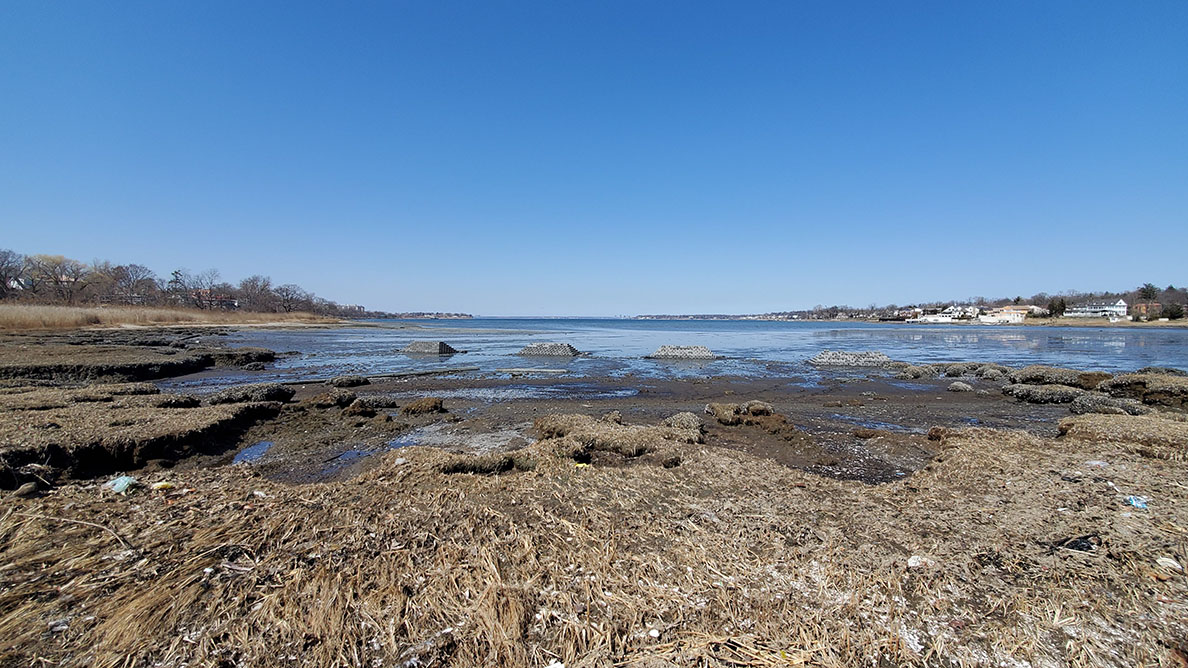
Sea-Level Rise
In natural settings, salt marshes can respond to sea-level rise by migrating inland. But in urban areas, this is often not possible because of buildings, roads, or other built infrastructure. Sea-level rise projections suggest that we are losing six acres of salt marsh per year, and a third of marshes in New York City parks (around 275 acres) are at risk of drowning.
Pollution
In the city, oil spills, pipe discharges, and plastic waste present ongoing risks to wildlife. For example, salamanders that live in NYC parks, like red-backed salamanders and dusky salamanders, actually breathe through their skin, making them especially vulnerable to pollution. And, the materials in urban stormwater and combined sewer overflows can damage plants and soils in wetlands.
Introduced Species
Our urban wetlands are also vulnerable to introduced plants, like Japanese knotweed, which can outcompete diverse native plant communities and degrade habitat for native fish and wildlife.
How NYC Parks Cares For Wetlands
NYC Parks manages more than half of the wetlands in NYC and uses several strategies to combat these challenges. We:
- remove contaminated fill material from historical salt marshes, freshwater wetlands, streambanks, and floodplains and replace it with clean sand or soil, combating erosion and creating new areas for plant life.
- plant native grasses, forbs, and shrubs that are specially adapted to thriving in these environments and remove problematic introduced species.
- install green infrastructure upstream of wetlands (where possible) to absorb and filter stormwater and runoff.
Parks at Work to Save Wetlands
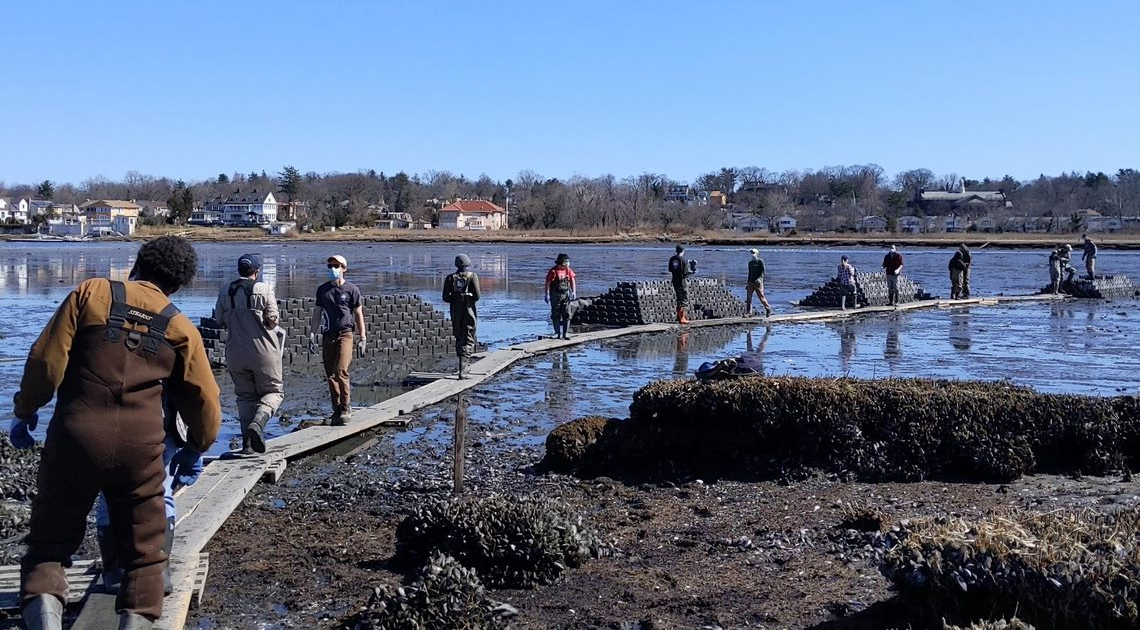
At Alley Pond Park in Queens, for example, NYC Parks is working to increase habitat for fish and shorebirds by restoring a vegetated shoreline area. Alley Creek lost nearly 30% of its salt marsh since 1974, so we’re placing new sand and planting new vegetation. The restoration also includes the installation of oyster castles (concrete blocks that will become living creeks for bivalves like mussels and oysters) to create a living shoreline that will reduce storm impacts, improve water quality, and provide habitat for wildlife. Check out our virtual tour (on Facebook) of the oyster castles.
How to Help
Want to help us care for wetlands? Join an upcoming stewardship project or become a Super Steward!
Explore New York City's Wetlands
Many of our wetland areas are accessible by trails. Stop by and see their work in action while taking in their beauty.
Marine Park Salt Marsh
Learn about the wonders of this beautiful salt marsh in Brooklyn's largest park.
Salt Marsh Exploration at Pelham Bay Park
Virtually explore a salt marsh in NYC's largest park with the Urban Park Rangers!
Wetlands Map
Go on an adventure! Discover more salt marshes across the five boroughs.

